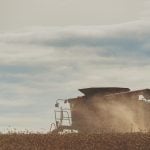Pasture management is always important, but it is especially important following a drought. During these challenging periods, pastures may suffer and degrade, resulting in the loss of valuable forage, soil erosion and diminished fertility. Drought effects linger, affecting land and plant life productivity even after the rains return. Effective management strategies are essential to support […] Read more













